India's independence day:
It was 72 years ago, on 14th August at Midnight, a new nation was born. After 250 years of being a colonized by the British Rule, India gained its life and freedom. On 15th August 1947 India was born again as a new nation, a suppressed nation for a long time found its real utterance on this day. Hence every year we Indian in India and around the globe celebrate the day of the birth of a nation. Further, Every 15th August we celebrate India's Independence Day, a day that marks our patriotism in every Indian.
A day to be thankful and grateful to our martyrs, who gave their lives to get the one thing that every living being requires Independence. Further, India gained its independence with a price, a price that took the lives of many freedom fighters and even innocent people. The lives also lost for this cause were precious and they gave their lives with happiness and a smile on their faces. Although, The Liberty that we have also come with a price and has been given to us with a responsibility.
Timeline leading up to India's independence:

1. 1857: The first war for India's independence was fought, and this is also called the Sepoy Mutiny. 
2. 1885: Indian National Congress (INC) was launched in present-day Mumbai, with the aim to win political and voting rights for all Indians. 
3. 1905: The Partition of Bengal prompts a monstrous upsurge among the general population. And a call for swadeshi merchandise, prompting a blacklist of British-made products.
4. 1906: Formation of the Muslim League; Congress gives a call for Swaraj (self-run the show).
5. 1911: Bengal Partition repealed, the declaration that the capital of India to move from Calcutta to Delhi.
6. 1914-1918: England hauls India into World War I. Sixty thousand Indians lose their lives in the First Great War.
7. 1915: Mohandas Karamchand Gandhi comes back to India from South Africa; he sets up the ashram in Ahmadabad that year, which would move to the site of the Sabarmati ashram two years after the fact.
8. 1919: England looks to present the Rowlatt Act, forcing extreme controls on social equality. Indians dissent.
Slaughter at Jallianwala Bagh in Amritsar; 400 men, ladies, and youngsters, who had accumulated to challenge the Act, executed.
9. 1921-1922: Gandhi dispatches the Civil Disobedience Movement, calls for the blacklist of British merchandise. Cancels development multi-year later because of Chauri Chaura murdering where a crowd executed policemen.
10. 1924: Riots breaks between Hindus and Muslims at Moplah. 
11. 1927: The British government names the Simon Commission to prescribe political changes in India; no Indian is a piece of the Simon Commission. The Commission is boycotted when it visits India the next year.
12. 1930: Gandhi leads the Salt Satyagraha to protest against the British government's monopoly on salt, forcing the government to amend the law. Although, The Congress boycotts the First Round Table Conference in London.
After the First Round Table Conference:
1. 1931: Second Round Table Conference leads to the Gandhi-Irwin pact that ends the civil disobedience movement and grants some political rights to Indians. 
2. 1932: Gandhi concludes the Poona Pact with Dr. B R Ambedkar that does away with separate electorates for 'Untouchables,' but reserves some electoral seats for them.
3. 1935: Government of India Act, passed by the British, gives Indian political rights at the provincial level.
4. 1937: Provincial elections. Most provinces elect Congress, some elect Muslim League.
5. 1939: Outbreak of World War II. Viceroy unilaterally declared India's participation in the war, leading to Congress ministries and the Congress boycotting the British in protest. 
6. 1941: Subhas Chandra Bose escapes from India, joins hands with the Axis powers in the fight against the British.
7. March 1942: The British War Cabinet announces the Sir Stafford Cripps Mission to further, negotiate India's political status after the war.
After Cripps Mission:
1. May 1942: Gandhi meets Cripps, but calls his proposals a 'post-dated cheque.' Congress rejects the proposals.
2. August 1942: The Congress pioneers meet in Bombay and pass the 'Quit India' determination calling for finish freedom from the British run the show. Further, The Congress administration is captured; Gandhi is imprisoned at the Aga Khan Palace in Poona. Further, Rebellions break out crosswise over India as individuals resist the British and call for freedom. Six hundred demonstrators also lose their lives in conflicts with the police.
3. 1943: Bose takes charge of the Indian National Army, begins March to India, which is stopped outside Imphal.
4. 1945: World War II closes and the Labor Party, which is further, thoughtful to India's call for freedom. It also shapes the administration.
5. 1946: Gandhi-Jinnah talks break down; communal riots also break out. 
6. June 1947: The British, Congress and Muslim League agree to Partition and Independence.
7. August 14, 1947: Independence Communal riots also claim hundreds of thousands in the Partition riots.
8. August 15, 1947: The country is born again. It gets freedom at midnight.
At the End:
We have a huge history of the struggle for India's independence, so this struggle gives us the inspiration to follow the way as sought by the freedom fighters. But the question arises is that Are we still independent in spite of all the struggles and hardships we go through?
On this Independence Day get Gajanan Puja done so that you too can get over from your struggles and get freedom from all your issues of your life this independence day because this puja increases Longitivity.




















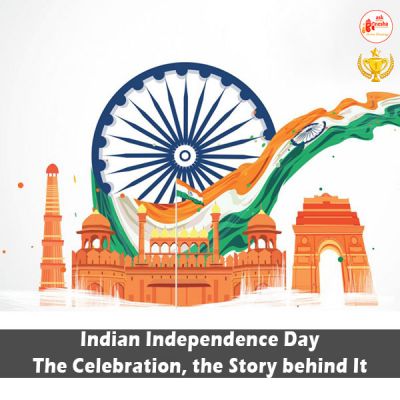
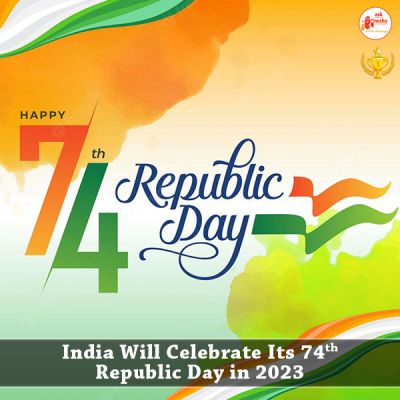


 Translate
Translate